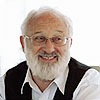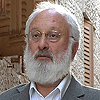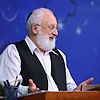When Egoism Is Helpless
 We start out advancing to the goal egoistically. Because we don’t see any other way out, we unite like soldiers in the army in order to attack new frontiers. But then, as we work internally and yield to each other, we become more sensitive and find that we don’t have the property of bestowal. We realize that we would be happy to unite with our friends, but we are unable to.
We start out advancing to the goal egoistically. Because we don’t see any other way out, we unite like soldiers in the army in order to attack new frontiers. But then, as we work internally and yield to each other, we become more sensitive and find that we don’t have the property of bestowal. We realize that we would be happy to unite with our friends, but we are unable to.
In regular life, we find the strength to unite and reach the desired goal together because the goal is egoistic and we see mutual benefit. But the spiritual goal is opposite to the familiar egoistic unity. There is a contradiction between the set goal and the separation that rules among us. We gradually reveal that we are not joining together, but, on the contrary, we hate each other. That is how we reveal the evil inside us, which we did not notice before.
As a result, we are left helpless, not knowing what to do. From then on, we come to a state called “prayer,” where we begin to cry and entreat with the Creator to give us and our friends strength – the strength to unite.
Because of this, three elements come together: I, my friends and the Creator, who links us together and provides the connection between us and the Light, which starts to fills us. That is when the spiritual world opens up to us.










